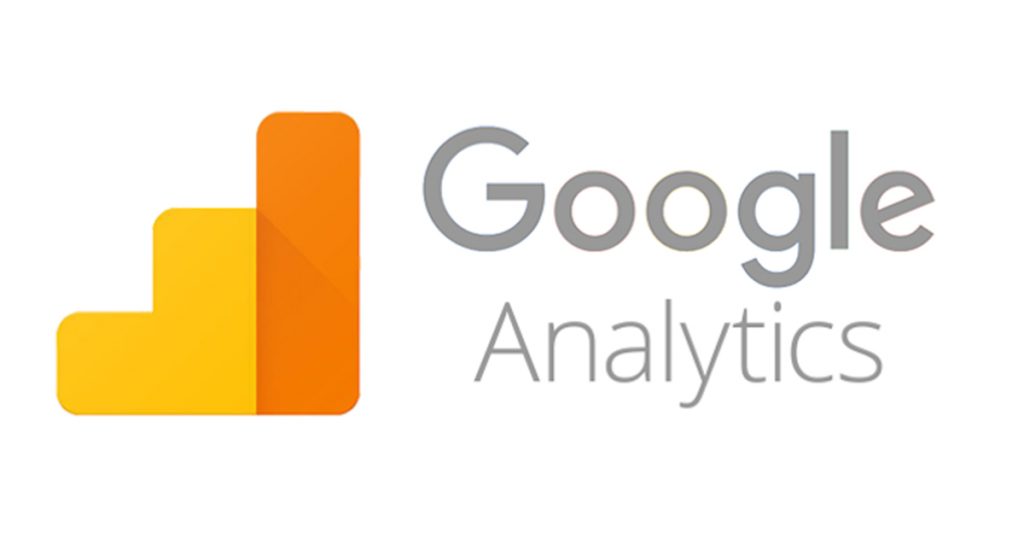What is Google Analytics?
An industry-standard web analytics platform that tracks and reports data about your website. Using Google Analytics properly will help you measure traffic, consumer engagement, campaigns, and conversions.
Why do you need Google Analytics?
If you have a website and you are interested in improving its performance, then you need Google Analytics. This free software is a gateway to understanding your website and leveraging its performance to grow your business.
What Information Can Google Analytics (GA) Provide?
Google Analytics provides a wealth of information about your website and its visitors. To help improve your site’s performance, Analytics can help answer a number of questions such as:
- How many people are visiting my site?
- Which pages on my site are the most popular?
- Where are my users located?
- What types of traffic are the most profitable?
- Which sites are driving traffic to my site?
- How often do visitors return to my site?
- What type of devices are visitors using to access my site?
These are some of the basic metrics that Google Analytics can answer, but when you really start digging into the data, you’ll find that it’s capable of much more!
For now, we’ll keep things simple and figure out how to get started with Google Analytics. Next, we will learn how to set up an Analytics account. Additionally, you can also hire an online marketing company to boost your Google rankings.
Setting up a Google Analytics Account
You will first need a Google Account to get started with Analytics. After creating a Google account you can visit analytics.google.com to sign up.
Click on the Sign Up button and you will be asked to enter some information about your website. This guide will focus on setting up Google Analytics for a website (not a mobile app).
Account Name:
→ Enter your business name or your parent company name. If you have multiple businesses, having an organized account structure will make life a lot easier in the future because you rely on data to make marketing decisions.
Website Name:
→ Your website name (example business name)
Website URL:
→ Your website URL (www.examplebusinessurl.com)
Industry Category:
→ Choose an industry category that represents your business. This allows for more tailored reporting.
Reporting Time Zone:
→ Select the appropriate time zone for accurate reporting based on your time zone
→ Choose what data (if any) you want to share with Google.
Account Structure
In the same Google Account you can have:
- 100 Analytics Accounts
- 50 Website Properties Under Each Analytics Account
- 25 Views Under Each Website Property
Create Additional Scenes
By default, Analytics will create an “All Web Site Data” view, which acts as a ‘raw’ view containing the unfiltered data.
You can filter out unwanted traffic by creating additional views in Google Analytics. For our basic setup, we will create two additional scenes, ‘Filtered’ and ‘Sandbox’.
- The filtered view will prevent unwanted traffic sources from skewing our data
- The sandbox view will act as a test scene for future experiments
Adding a View
Navigate to:
Admin >> Views Column Drop Down >> Create New View >> Create two new views, named “Filtered” and “Sandbox”.
Add a Filter
Select Filters in Filtered View
- Click “+Add Filter”
- Then Enter A Filter Name
- Select A Predefined Filter Type
- Exclude > Traffic From Ip Addresses > Equals
- Enter Your Ip Address
If you are unsure of your IP address, you can do a Google search of “what is my IP” to find out.
Now that setup is complete, we are ready to implement Google Analytics on the website.
Read Also: Why Is SEO Services Important For Small Businesses
How to Install GA Tracking Script
Navigate to your Tracking ID
- Admin
- Tracking Info
- Tracking Code
This code should be installed on every page of your website. The installation method will vary depending on the type of website you have (WordPress, Shopify, Squarespace). First, we will look at WordPress installation here.
Plugins like All in One SEO make it easy to install Google Analytics on your site. After installing the All In One SEO Plugin, go to the Google Settings section, and enter your unique UA code. You can also hire an SEO agency that can help you enhance your business.
If your site is using FTP, or you choose not to use a plugin, you can enter the entire JavaScript snippet in the <head> section of your site.
Verify that Analytics is tracking
After you have your analytics code on your site, you need to check to make sure that the codes are actually tracking visitors to your site. You can do this quickly by checking for Real-Time Tracking within Google Analytics.
Real-time >> Overview
Navigate to a few pages to make sure the analysis is tracking. Another friendly tool to check your entire site for analytics code is gacheker.com. This website will scan your site and notify you of any pages that do not contain the analytics tracking code.
It takes approximately 24 hours for data to appear in reports in a standard Analytics account. So check again the next day to make sure your data is filled in in all the three views we’ve created.

